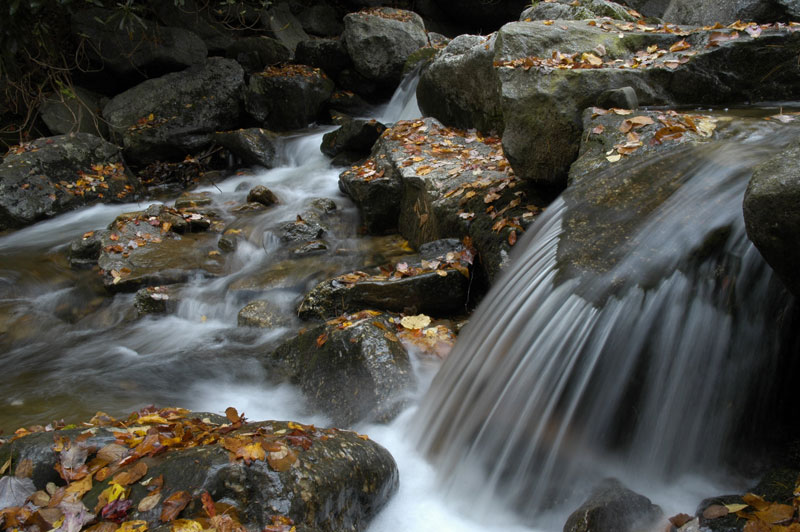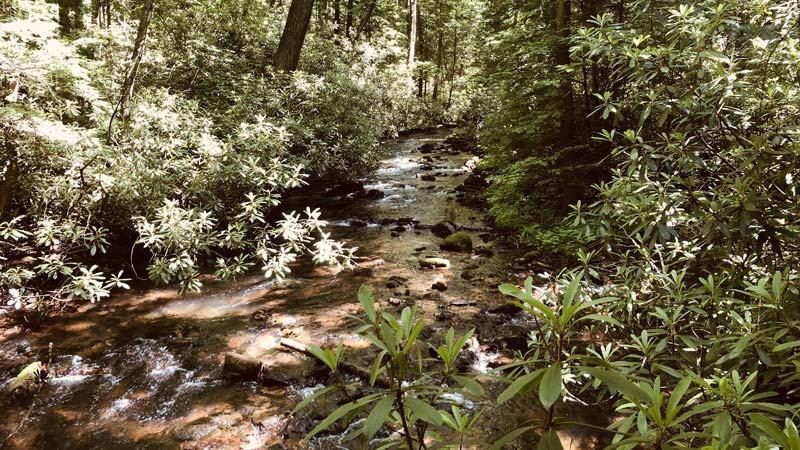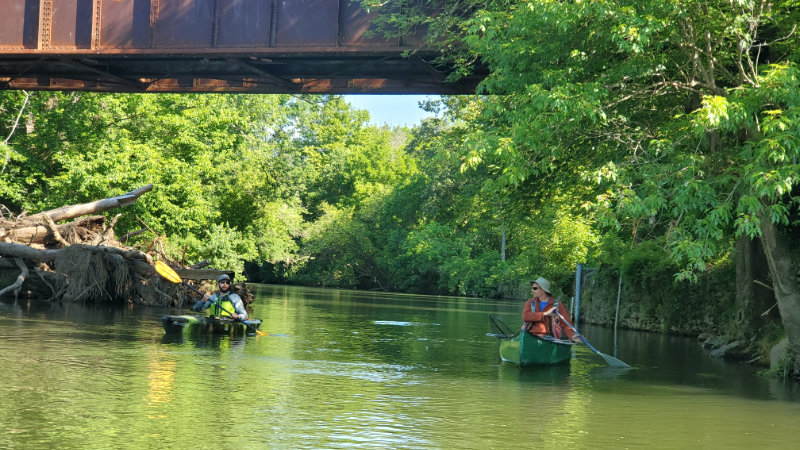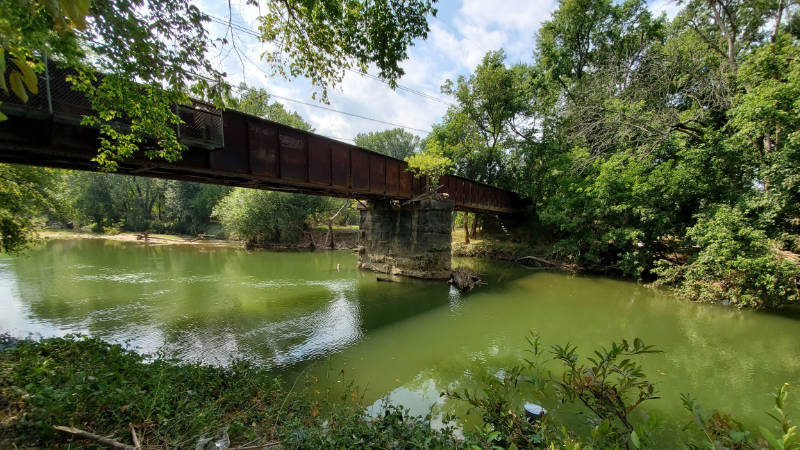Effects of relic low-head dams on stream denitrification potential: seasonality and biogeochemical controls
https://stroudcenter.org/wp-content/uploads/publication-e1554320152730.jpg 350 210 Stroud Water Research Center Stroud Water Research Center https://stroudcenter.org/wp-content/uploads/publication-e1554320152730.jpgHripto, J., S. Inamdar, M. Sherman, E. Peck, A.J. Gold, S. Bernasconi, K. Addy, and M. Peipoch. 2022. Aquatic Sciences 84: 60.





